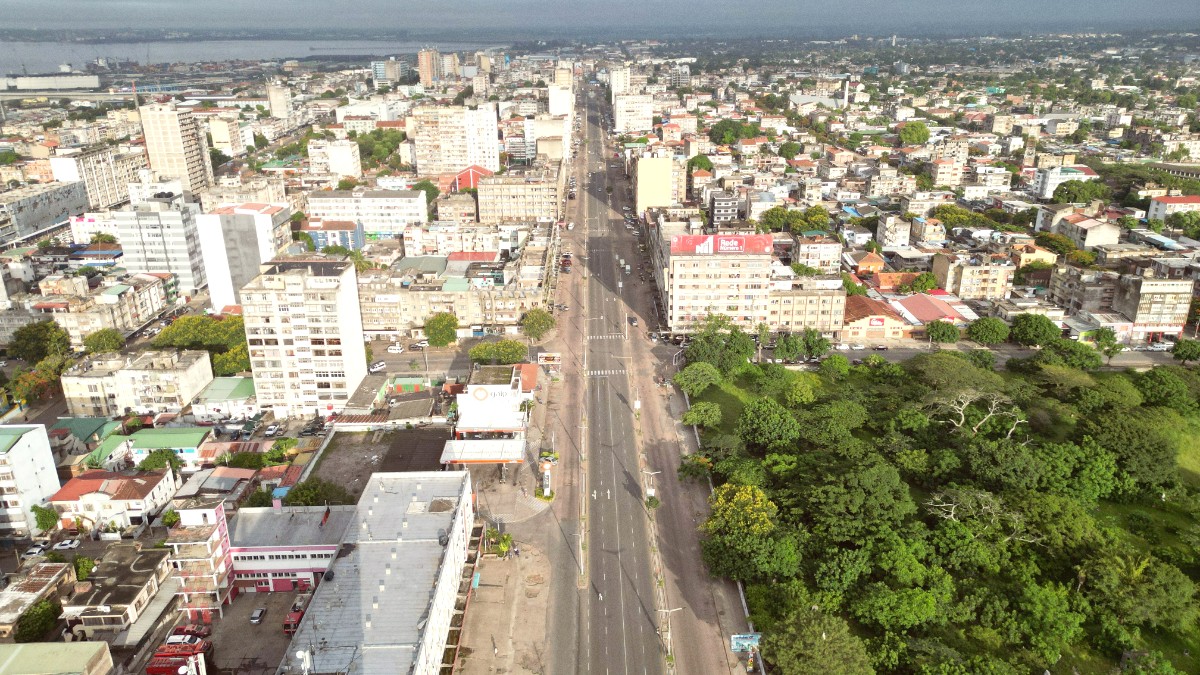
Mozambique
MPM is Mozambique's largest and most important airport. It handles both domestic and international flights, serving as the main entry point for visitors. The airport is located a relatively short distance from the city center, making transfers convenient.
Direct flights to Maputo from major global hubs are somewhat limited, mainly from Lisbon, Portugal. For most other international travelers, reaching Maputo involves a connecting flight.
Prices are higher during the dry season (June-August) and around major holidays (Dec-Jan). Booking several months ahead is a smart strategy.
MPM offers currency exchange, ATMs, duty-free shops, cafes, restaurants, and car rental desks (DiscoverCars.com).
Taxis are available. Ride-sharing apps (Txopela, Bolt) offer transparent pricing. Many hotels provide pre-arranged airport pick-up services.
Major roads connecting cities are generally paved. Potholes are common. Rural roads are often unpaved or sandy, becoming challenging in the wet season.
Avoid driving at night outside well-lit city areas. Roads often lack lighting, and hazards like pedestrians, cyclists, and animals are common.
Be aware of opportunistic smash-and-grab incidents, notably at traffic lights. Keep car doors locked and windows up. Avoid leaving valuables visible.
Maputo is a major port city mainly handling commercial cargo. Cruise ships occasionally include Maputo as a port of call. Local ferry services operate across Maputo Bay.
For cruise passengers, immigration procedures are typically managed onboard the ship or at a dedicated port terminal, similar to airport arrivals. River transportation is not a prominent mode of tourist arrival for Maputo.
Departure taxes for international flights from Maputo are generally included in your airfare. You typically do not need to pay any separate fees at Maputo International Airport (MPM) upon departure. Always confirm this with your airline or travel agent when booking your ticket.
Maputo International Airport (MPM) offers a range of facilities for departing passengers after security.
Maputo's public transportation system offers a glimpse into local life and provides economical ways to get around, though it requires some adaptability.
Chapas operate mainly during daylight hours, generally from early morning until late evening (around 8 PM or 9 PM). Their frequency is high during peak commuting times. At night, frequency decreases significantly, and finding a chapa can become challenging.
If you are unsure about a route, ask locals or your accommodation staff for guidance. They often possess the best knowledge of the chapa system.
Public transportation in Maputo, specifically chapas, is not designed for wheelchair accessibility. Sidewalks and urban infrastructure present challenges.
For an authentic local experience and significant cost savings, use chapas during the day. For comfort and direct routes, especially at night, consider ride-sharing apps or taxis.
Renting a vehicle in Maputo offers flexibility, but it comes with considerations regarding road conditions, traffic, and driving laws.
Walking and cycling offer intimate ways to explore Maputo, especially in specific areas, allowing you to absorb the city's atmosphere at a slower pace.
Drive on the left-hand side of the road. Speed limits are typically 60 km/h in urban areas and 100-120 km/h on national highways. Seatbelts are required for all occupants.
Roads within central Maputo are generally paved. Potholes are common. Rural roads can be poorly maintained, unpaved, or sandy, especially in the wet season.
Street parking can be difficult. Hotels and larger shopping centers offer secure parking, which is highly recommended. Always secure your vehicle.